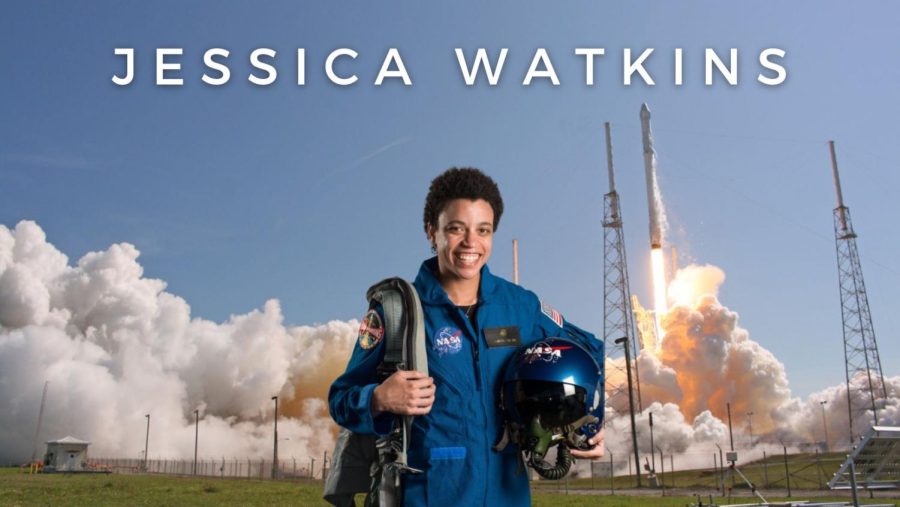Jessica Watkins: the first Black woman on the space station crew
Months after the SpaceX Crew-4 officially ended their space exhibition, family, friends and colleagues of Jessica Watkins—the first Black woman to join a space station exhibition—spoke with several news outlets to expand on Watkins’s achievements and build-up of her career. During Watkins and her crew’s time orbiting the planet, the team worked closely with Russian astronauts, which stood as an intriguing geopolitical advancement as Russia dealt with strained relations with the United States due to their warfare on Ukraine.
March 2, 2023
April 27, 2022, four brave members of the SpaceX Crew-4 launched in the Dragon spacecraft for a six-month-long exhibition at the International Space Station. These four crewmates included Jessica Watkins, the fifth Black woman to travel to space and the first Black woman specifically to join a space station exhibition at the young age of 34. After a lengthy 170-day journey into the unknown, the crew returned to their homeland of Earth in mid-October 2022.
As the young prodigy went to college to pursue mechanical engineering Watkins wrote a poem about pursuing a life as an astronaut, titled “My Little Astronaut”. With her passion for astronomy from her childhood and a love for otherworldly space that she gained as a young adult, she decided to ditch engineering and head straight for the stars, starting with taking courses within the field of planetary geology. With the support of NASA and SpaceX, the young geologist trained for four quick years to prepare to honorably join the SpaceX operational crew.
“I feel like being able to see someone who looks like you, do something you once thought was impossible is an extreme benefit of diversity within science and space. Diversity in space allows people of all colors to not imagine being fields but see that it’s an actual reality to be an influential force in the field,” junior Sola Idiaghe said.
Within the sphere of space travel, astronomy and space engineering, Black women appear time and time again in the shadows of space exhibitions. Especially when regarding NASA, Black women stood at the forefront of computer and technological developments and advancements for the space company. A minuscule number of these Black women included Katherine Johnson, Christine Darden and Patricia Cowings represented at one time as ”Hidden Figures.” Now as current society encroaches into new advancements in not only technology but in social equality, Black women working in the space field becomes more common as the years go on.
Diversity within space programs presents itself as an issue throughout history. In 1992, mission specialist Mae Carol Jemison stood as the first Black woman to leave the Earthly atmosphere; diversity only continues to expand not only at NASA but within independent communities such as Black women-owned organization Black in Astro. The class Watkins graduated from—NASA 2017 astronaut class—holds a greater variety than previous classes, implying a step toward overall acceptance of wide ranges of ethnicities and races in astronaut communities.
“Seeing one person do something never done before sets a benchmark to be reached and eventually broken. Diversity was the main reason for me [sic]being in the North Cobb magnet program. There is not a single magnet class [in] that I feel out of place or uncomfortable like I don’t belong. Seeing so many people of different cultures and backgrounds adds reassurance that I do belong here,” Idiaghe said.







